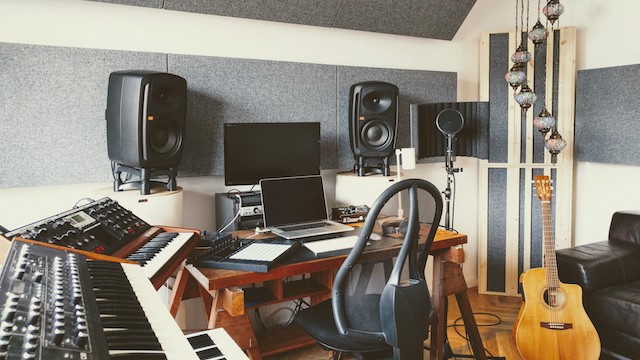An update to my post from Sunday...
I've had a breakthrough that I don't fully understand. Set mains to 19ms delay as my baseline. Then I advanced every sub by one full wavelength at 80Hz (12.5ms). From there I muted all but one sub and the mains. Playing an 80Hz sine wave I incrementally advanced further the sub-under-test until max volume was realized (i,e, that sub was maximally "helping" the mains). Repeated this for each sub+main combination -- I have 4x subs right now.
When done I unmuted everything, went to 40Hz (where the room's worst null exists) and muted one sub at a time to ensure all were contributing and none were subtracting. Also tried every combination of sub pairs together. Found one of the four in "conflict" so I reversed its phase, went back to 80Hz and repeated the mains agreement exercise on this guy. With this new timing I went back to 40Hz, made sure everyone was in agreement.
From here I tested 30Hz since it's at the very low-end of what my "auxiliary" subs can reproduce -- just to make sure none are fighting against the "big" sub.
Whatever I've stumbled upon IT WORKS. The 58-72 phase flip bullshit swirling around my head: GONE. Sharp 38-40Hz suckout, GONE. Little dip at 115-118Hz: GONE. All-pass filters to clean up 40Hz were causing issues in the 45-55Hz region -- with AP filters not needed these problems are also GONE. I've also had trouble in the 70-100Hz region caused by my too-small mains whose natural rolloff begins at 100Hz -- the subs could never fill this hole in a way that sounded right. Well, they're filling it now and it sounds 100% natural.
Sub delays with mains held at 16ms: 5, 6, 2, and 1ms. My next task is to eliminate one sub without screwing any of this up.
As for locations:
- PEBCAK/disgruntled audiofool throne is roughly 18" behind and 18" to the left of room center (this is the likely source of many problems but this desk is something special aka. heavy and moving it is the last resort).
- Main sub on floor directly in front of desk, centered with desk.
- Aux sub 1 behind PEBCAK, ~5ft off the floor, offset 1ft to the left which puts it at the rear wall's 1/3 mark longitudinally.
- Aux sub 2 behind PEBCAK and to the right, on floor, against rear wall at its 2/3 mark.
- Aux sub 3 to the right of PEBCAK and 1ft forward, on floor, against desk.
This is not as random as I'd like. Main sub and sub1 are almost longitudinally aligned, sub1 and sub2 are transversely aligned, sub2 and sub3 are almost longitudinally aligned, and main + sub2 + sub3 are all on the floor. I'd like to get sub1 above the room centerline and maybe lift another off the floor by ~2ft.
As a hopeless basshead I'll also try placing the main sub in whatever location provides maximum "room gain" under 35Hz.
I'm thankful I have only one listening position here in my office. I don't know what this sounds like 3ft away and I'm afraid to try it out.


